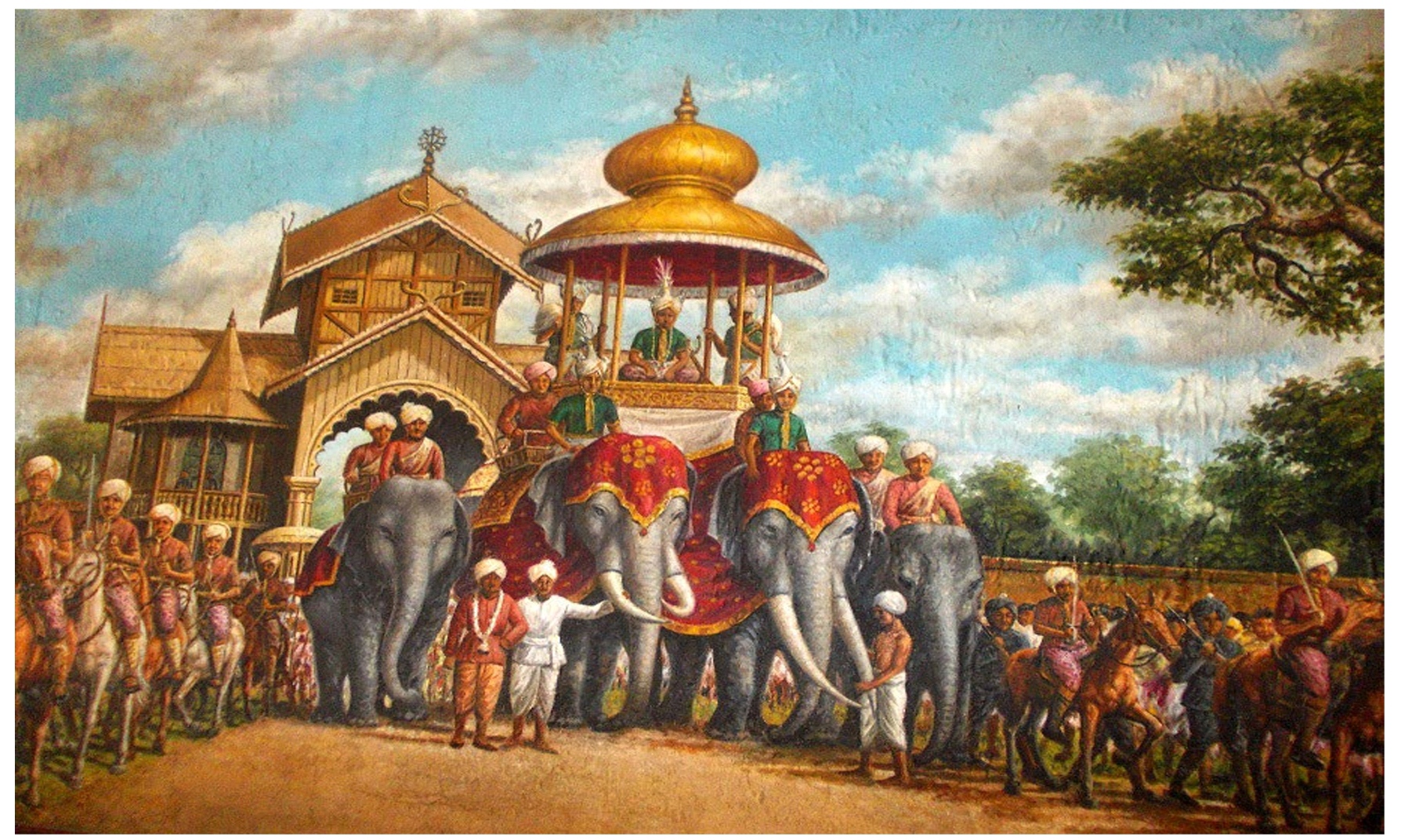Manipur, a northeastern state of India, has a deep and diverse historical legacy that spans centuries. From its prehistoric roots to its modern-day identity, Manipur has witnessed major historical events, cultural transformations, and significant rulers who have shaped its destiny. This article provides an in-depth exploration of the historical evolution of Manipur, shedding light on its pivotal moments, mythology, and key figures.
Ancient History of Manipur
The history of Manipur dates back to the prehistoric era, with archaeological evidence suggesting that the region was inhabited by Paleolithic and Neolithic humans. Various sites, such as Khangkhui, Napachik, Machi, Somgu, and Singtom, indicate the presence of early human settlements. The region also has multiple Neolithic sites, including Nongpok Keithelmanbi, Napachik, Laimenai, Naran Siena, and Phunan, showcasing early human civilization’s progress in agriculture and societal organization.

The first significant ruler of Manipur was Pakhangba, who ascended the throne in 33 A.D. His reign marked the beginning of the documented history of Manipur. The region was known by various names throughout its history, including Sanna Leipak, Tilli Koktong, Poirei Lam, Mitei Lipak, and Meitrabak. Over the centuries, numerous kings ruled the land, influencing its cultural and political trajectory.
The Emergence of Kangleipak State and Early Chronicles (12th Century)
One of the most defining moments in Manipur’s history was the emergence of the Kangleipak State in the 12th century under King Loiyumba. His rule saw the establishment of Manipur’s first written constitution, a pioneering step towards structured governance.

Throughout its early history, Manipur was influenced by mythology and divine rulers, such as Pakhangpa, and various monarchs like Tompok, Taothingmang, Khui Ningngongpa, Pengsipa, Kaokhongpa, and Naokhampa. These rulers laid the foundation of a civilization that blended tradition, warfare, and administration.
The 18th Century: The Burning of Sacred Scriptures and the Rise of Vaishnavism
The 18th century was a transformative period in Manipur’s history. It witnessed the legendary burning of sacred scriptures under the reign of King Pamheiba. This event had a significant cultural and religious impact on the region.

The same century saw the rule of Maharaja Bhagyachandra, who played a crucial role in fighting the Burmese and preserving Manipur’s sovereignty. He was instrumental in popularizing Vaishnavism, which significantly influenced Manipuri culture and traditions.
The Anglo-Manipur War and British Colonial Influence (19th Century)
Manipur’s independence came under threat in the 19th century with the increasing influence of British colonial powers. The Anglo-Manipur War of 1891 marked a critical moment when Manipur became a Princely State under British Rule. Although the British took administrative control, Manipur maintained a distinct cultural and political identity.

Throughout history, Manipur was known by different names among its neighbors:
- The Shans or Pongs called it Cassay
- The Burmese referred to it as Kathe
- The Assamese named it Meklee
- The British East India Company recorded it as Meckley in their 1762 treaty
World War II and Japanese Bombings (20th Century)
During World War II, Manipur became a battleground for fierce clashes between the Japanese and Allied forces. The Japanese bombings in Imphal resulted in heavy casualties, making Manipur an important location in the war’s history.

Manipur’s Integration into India and Statehood (20th Century)
The mid-20th century marked significant political transitions for Manipur:
- 1947: Maharaja Bodhachandra signed the Treaty of Accession, merging Manipur into India.
- 1956: Manipur was granted the status of a Union Territory.
- 1972: Manipur became a full-fledged state of India, marking the culmination of its political evolution.
Contributions of Key Historical Figures
Several figures played crucial roles in shaping the history of Manipur:
| Contributor | Contribution to Manipur’s History |
|---|---|
| King Loiyumba | Established Kangleipak State’s first constitution |
| King Pamheiba | Oversaw the burning of sacred scriptures |
| Maharaja Bhagyachandra | Fought Burmese forces and promoted Vaishnavism |
| British East India Company | Integrated Manipur into British India |
| Manipuri Levy | Resisted Burmese rule during the Seven Years Devastation |
| King Marjit | Witnessed Burmese occupation |
| Anglo-Manipur War Heroes | Defended Manipur against British forces in 1891 |
| Japanese Forces | Engaged in WWII battles in Imphal |
| Meidingu Senbi Kiyamba | Introduced Meitei Vaishnavism |
| Brahmin Migration | Brought religious and cultural transformations |
Manipur’s Cultural and Linguistic Heritage
Manipur’s linguistic and cultural diversity is an essential aspect of its history. Meiteilon, the primary language spoken by the Meitei people, belongs to the Tibeto-Burman phylum and shares similarities with languages in Southern China and Thailand. This indicates a historical pattern of linguistic exchange and migration.
Manipur’s history is a fascinating blend of ancient traditions, colonial encounters, and modern political evolution. From the legendary rulers of the early centuries to the battles against colonial forces and the hardships of war, Manipur’s past is a testament to its resilience and cultural richness. Today, the state’s legacy continues to inspire and inform scholars, historians, and those interested in India’s northeastern heritage.






















